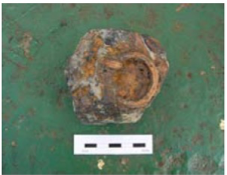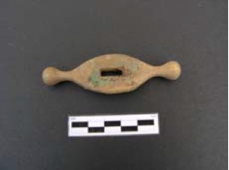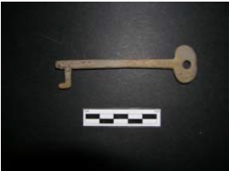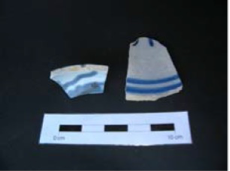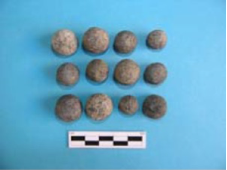Este website utiliza cookies. Ao continuar a navegação está a aceitar a sua utilização.
Caso pretenda saber mais, consulte a nossa política de privacidade.
In what concerns natural values, the Port of Lisbon is located in one of the largest and richest estuaries in Europe and more than 50% of its jurisdiction area is part of the Rede Natura 2000.
Furthermore, it integrates the riverfront areas of eleven municipalities that surround the Tagus estuary - Alcochete, Almada, Barreiro, Benavente, Lisbon, Loures, Moita, Montijo, Oeiras, Seixal and Vila Franca de Xira, and a major part of its operational area is located in central Lisbon area.
In this context, APL, S.A. adopts a proactive attitude towards the harmonisation between its activity and development projects, and the neighbouring populations’ interests and nature conservation.
Thus, in addition to ensuring the daily management of environmental issues related to port operations and public domain occupations, APL, S.A. develops several environmental studies, among which, environmental monitoring studies.
The information obtained from the monitoring studies aims to characterize the quality of the environment, assess the extent to which port activities contribute to their degradation and make management and operation decisions in order to minimize these impacts.
Over the years, APL, S.A. has been monitoring several descriptors, some on a regular basis, others associated with the execution of specific projects. These descriptors include: Sediment, Surface Water, Noise and Archaeology.
Sediment
Since 1991, APL, S.A. has regularly carried out the physical and chemical characterization of sediments in the Tagus estuary, in order to classify their contamination degree and to decide on the final destination after dredging.
Currently, the characterization and classification of the sediment’s contamination degree comply with the requirements published by Ordinance N.º 1450/2007, of 12 November, and follow the OSPAR (Convention for the Protection of the Marine Environment of the North-East Atlantic) guidelines.
Analysis are always carried out in accredited laboratories, using accredited methods for the sediment matrix (chemical analysis) and methods that are in accordance with identifiable reference standards (other analysis).
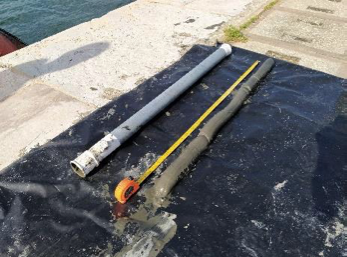
The data retrieved are treated in order to get an estimate and graphical representation of the sediment’s volumes classified in each class, allowing the proper planning of dredging works.
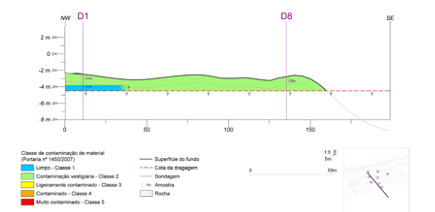
Water
Despite not having the attributions for water quality management in the Tagus estuary, APL, S.A. carries out analysis of surface water quality, whenever necessary or relevant to its activity, namely the environmental monitoring of dredging and dredged material immersion works.
This monitoring aims at assessing the dredging and dredged material immersion direct impacts, in spatial and temporal terms, and at determining the size and prevalence of the plumes caused by these works.
The water quality characterization and classification follow the rules, criteria and objectives set out in Decree-Law no. 236/98, of August 1, and the subsequent amendments and legislation, and respect the requirements established in the Decree-Law no. 103/2010, of September 24, and No. 83/2011, of June 20, when applicable.
The monitoring of dredging and dredging material immersion works in the port of Lisbon covers three types of programs:
- Water Quality Monitoring Program for maintenance dredging and immersion of dredged materials of Classes 1 and 2 inside the estuary;
- Water and Biota Quality Monitoring Program for the dredging of slightly contaminated materials (Class 3) outside the estuary;
- Water Quality Monitoring Programs for dredging projects subject to Environmental Impact Assessment.
The parameters to be analysed in the water samples or in the tissue samples of marine species captured, depend on the sediment’s contamination degree, and chemical tests are always carried out in accredited laboratories.
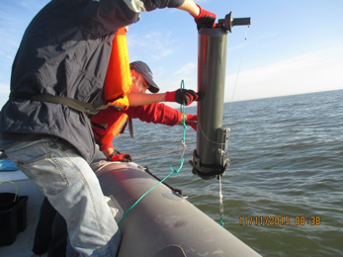
Noise
Noise monitoring carried out by APL, S.A. occurs most frequently in the sensitive zones nearest to the areas where construction works are in progress.
Sound measurement is conducted at previously identified locals, to verify whether the temporary noise activity is affecting the well-being of the neighbouring populations.
Noise monitoring works are performed by specialized companies and comply with the current legal requirements.
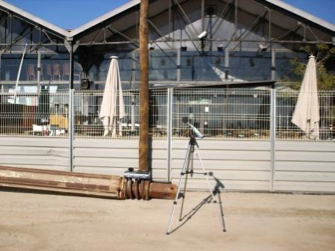
Archaeology
The intense human occupation of both banks of the Tagus estuary and its use as a waterway over the centuries, makes the existence of major archaeological occurrences in port development areas highly probable, both on the riverbed and on land.
Therefore, APL carries out, when necessary, a systematic and physical archaeological monitoring of construction works by archaeologists duly recognized by the Directorate-General for Cultural Heritage. In addition to several archaeological surveys within the scope of environmental studies, the archaeological monitoring of construction works carried out by APL, throughout the years, includes the construction of the riverfront promenade at the Santo Amaro de Oeiras beach, the dredging of the Xabregas Channel, among others.
